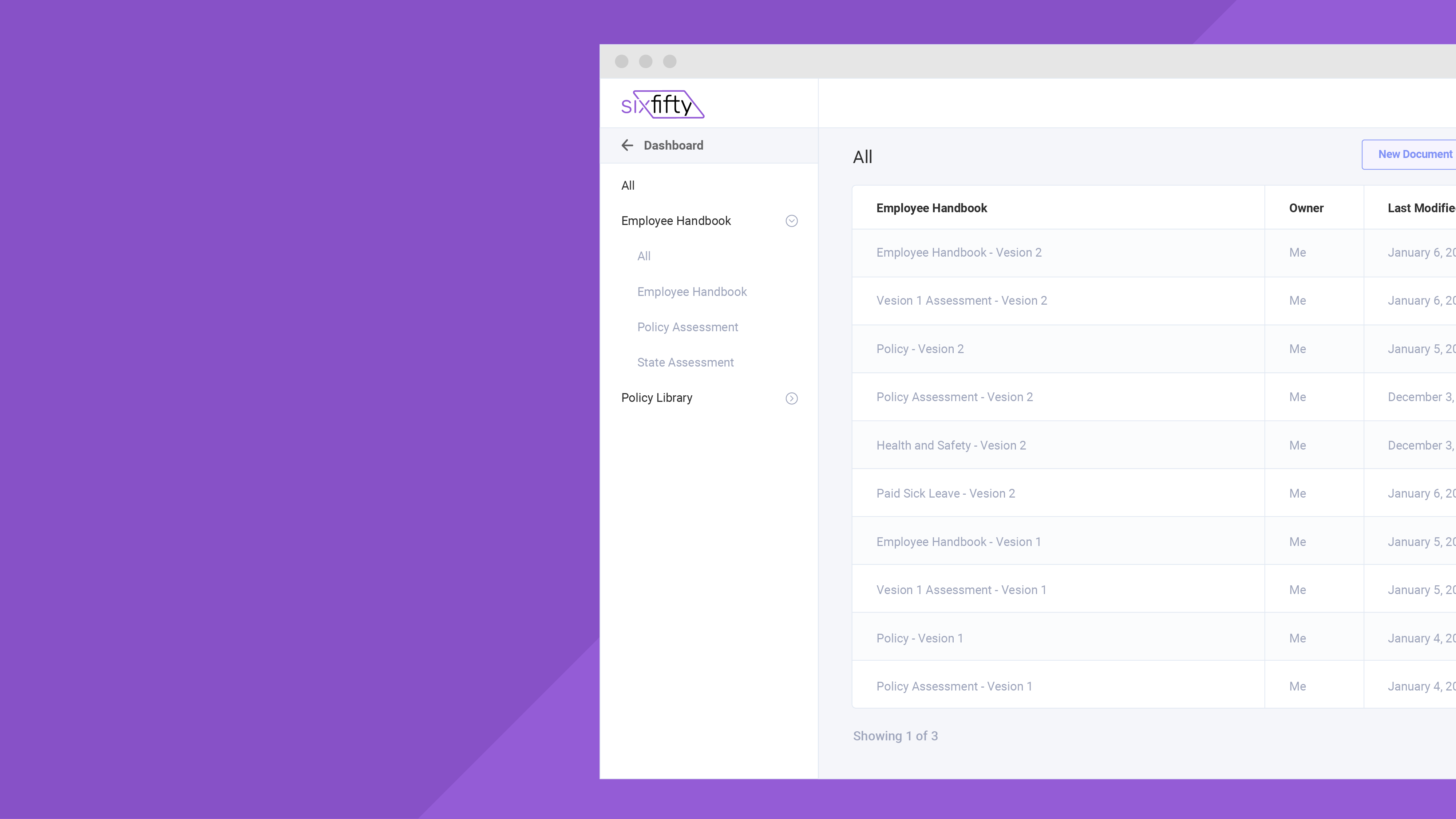Did you know that employment laws often have employee count thresholds for applicability? That’s right! If your business has a certain number of employees, you may be required to follow specific laws and regulations. It seems simple, but calculating employee counts can get complicated. Although it can be tricky, it is essential for employers to know how many employees are in their workforce in order for the organization to remain compliant with relevant laws, protect their employees’ rights, and engender trust.
What are the types of employee count thresholds?
There are usually three types of employee count thresholds.
- Total employees in the company
- Total employees within a geographic location
- The law doesn’t specify what it means
The type of employee count to use depends on the language of the law. This can get complicated, as each law may have a different definition for “employee threshold.” Luckily, the first two types of thresholds are fairly easy to understand.
How do I count my employees?
You could always hire our baritone friend Count von Count to help you, but even the world’s foremost counting expert may have trouble with this task. “AH AH AH!”
We start by looking at the text of the law. Lawyers love definition sections, so it is sometimes as easy as finding the entry for “employee.” Most laws with employee thresholds do not specify whether to include part-time employees and independent contractors in the employee count. Of the laws that do make this specification, most count only full-time employees. The safest approach is to use your total number of employees because this is your largest possible employee count.
Some laws define employees as those working within a specified state. This gives us a clear indication that we only need to count employees from that state for the threshold. Laws that look at specific geographic locations might count employees in the United States, employees within a certain state, or employees at or near a worksite.
Maybe don’t engage The Count after all. *thunder rumbles*
What are some laws that require employee count thresholds?
- FMLA. The Family and Medical Leave Act is a great example of worksite-specific applicability. The FMLA entitles employees to take unpaid, job-protected leave for family and medical reasons. Employers with 50 or more employees within a 75-mile radius are eligible for FMLA leave.
- Title VII. Title VII of the Civil Rights Act of 1964 protects job applicants, current employees, and former employees of employers of 15 or more employees.
- ADA. The Americans with Disabilities Act protects people with disabilities in many areas of public life. It applies to businesses with 15 or more employees.
- ADEA. The Age Discrimination in Employment Act protects applicants and employees 40 years of age and older from workplace discrimination on the basis of age. It applies to businesses with 20 or more employees.
The Affordable Care Act and Affirmative Action also have provisions that kick in for employers with 50 or more employees.
SixFifty can help
SixFifty’s Employee Handbook and Employment Agreements toolkits help you generate customized legal documents that comply with every state and federal employment law. Our easy-to-use software platform helps you generate the necessary documents to manage and hire employees in every jurisdiction across the country. We continuously monitor employment laws across the country and update our tools to reflect any changes in the law so your handbook and agreements are always up to date.
For more information, or to see our document generators in action, request a demo today.


